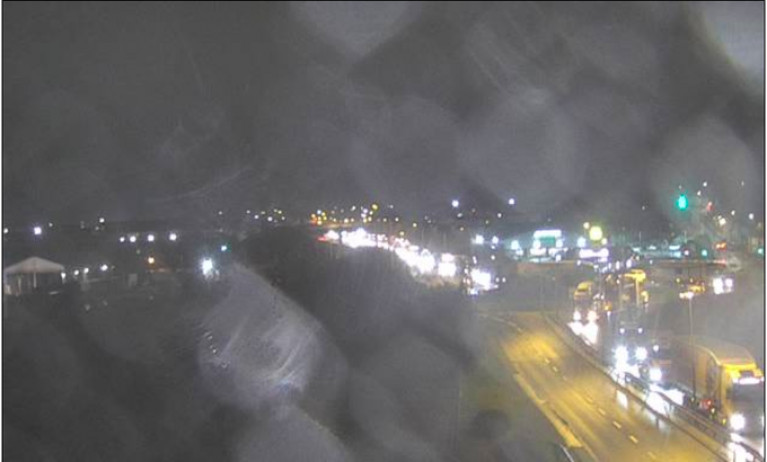Displaying items by tag: Truck Congestion
On a major road leading to Holyhead Port, (ferry) traffic measures have been introduced as the UK prepares to enter its new trading relationship with the EU.
As BBC News writes, the Welsh Government has said the plans are aimed at "minimising any possible disruption to the port, town and wider community".
Freight turned away from the port due to incorrect documentation will be sent on to the westbound A55 (see photo above).
The UK Government has predicted this could be 40-70% of freight.
Holyhead is the second busiest roll-on/roll-off port in the UK, behind only Dover.
Around 600 lorries and trailers leave the Welsh port on ferries bound for Dublin Port every day.
A trade deal between the EU and UK has now been agreed and will take effect from 1 January, but the changes in the trading relationship between the two parties mean there could be some disruption.
The Welsh Government added it expected the peak of traffic issues to be in mid-January.
For further details of traffic stacking management of HGV's click here and much more.
























































